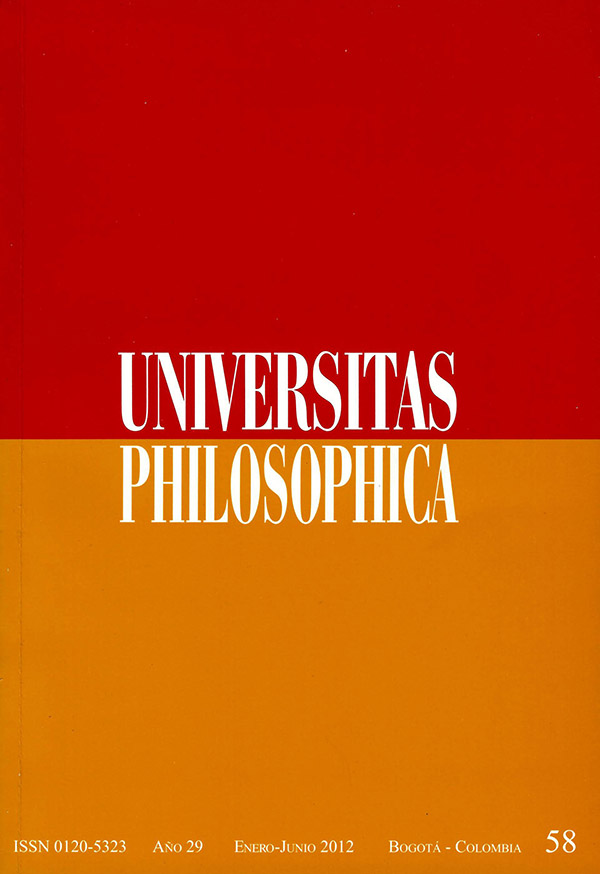Abstract
This paper has the purpose to review from a critical perspective the central concepts of Arthur Danto’s theory to elucidate the possibility of referring to the notion of ‘artwork’ based on the concept of meaning —in the context of the post-analytic philosophy of art. The common idea that ‘everything can be art today’ deserve analyzing what do we require to approach to a work of art and what properties constitute it as such, some issues discussed by Danto along with his concepts of perception, interpretation and meaning. But these concepts in Danto find limits that merit a discussion as well as involve consequences beyond his philosophical project of proposing a definition of art.
This journal is registered under a Creative Commons Attribution 4.0 International Public License. Thus, this work may be reproduced, distributed, and publicly shared in digital format, as long as the names of the authors and Pontificia Universidad Javeriana are acknowledged. Others are allowed to quote, adapt, transform, auto-archive, republish, and create based on this material, for any purpose (even commercial ones), provided the authorship is duly acknowledged, a link to the original work is provided, and it is specified if changes have been made. Pontificia Universidad Javeriana does not hold the rights of published works and the authors are solely responsible for the contents of their works; they keep the moral, intellectual, privacy, and publicity rights.
Approving the intervention of the work (review, copy-editing, translation, layout) and the following outreach, are granted through an use license and not through an assignment of rights. This means the journal and Pontificia Universidad Javeriana cannot be held responsible for any ethical malpractice by the authors. As a consequence of the protection granted by the use license, the journal is not required to publish recantations or modify information already published, unless the errata stems from the editorial management process. Publishing contents in this journal does not generate royalties for contributors.


